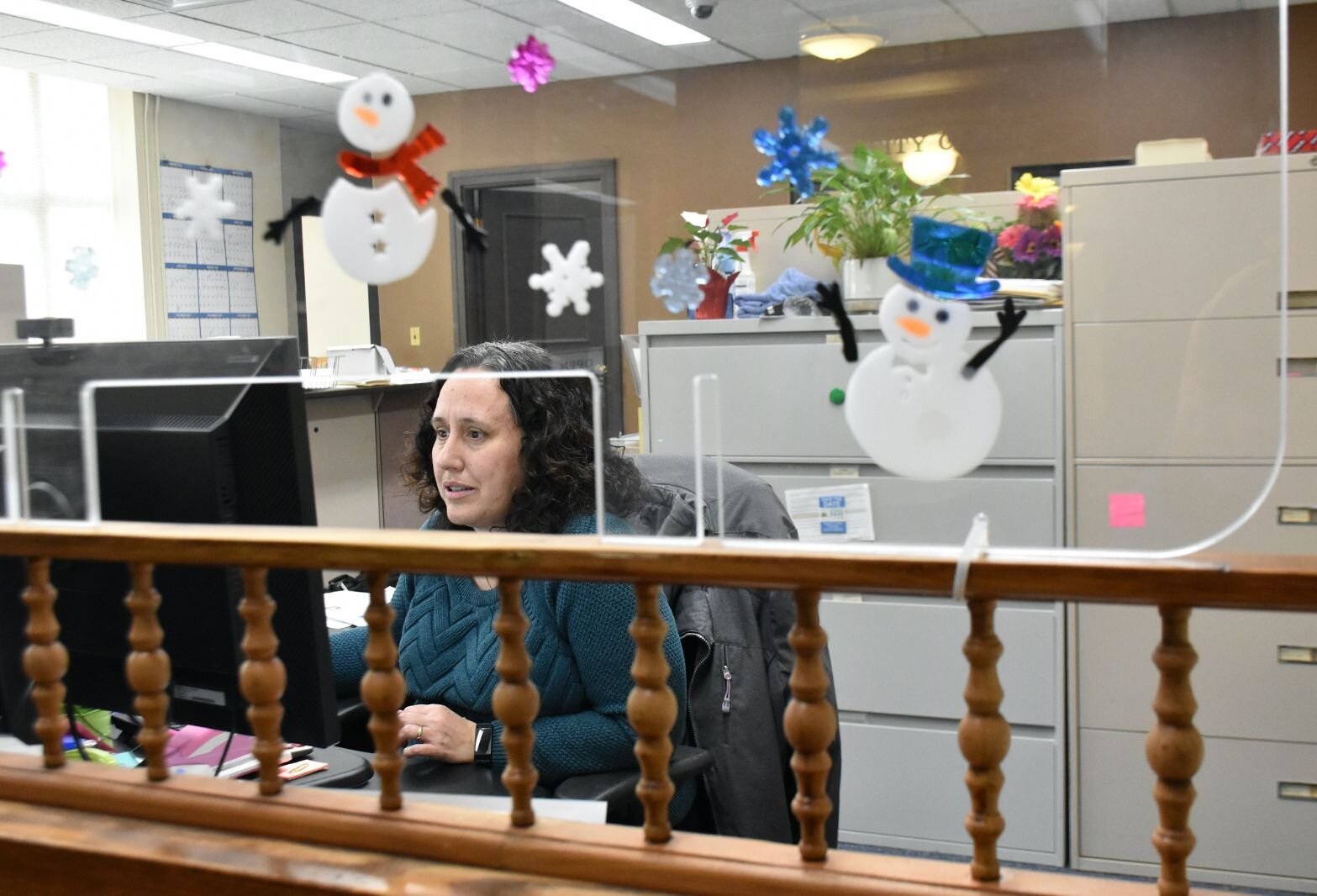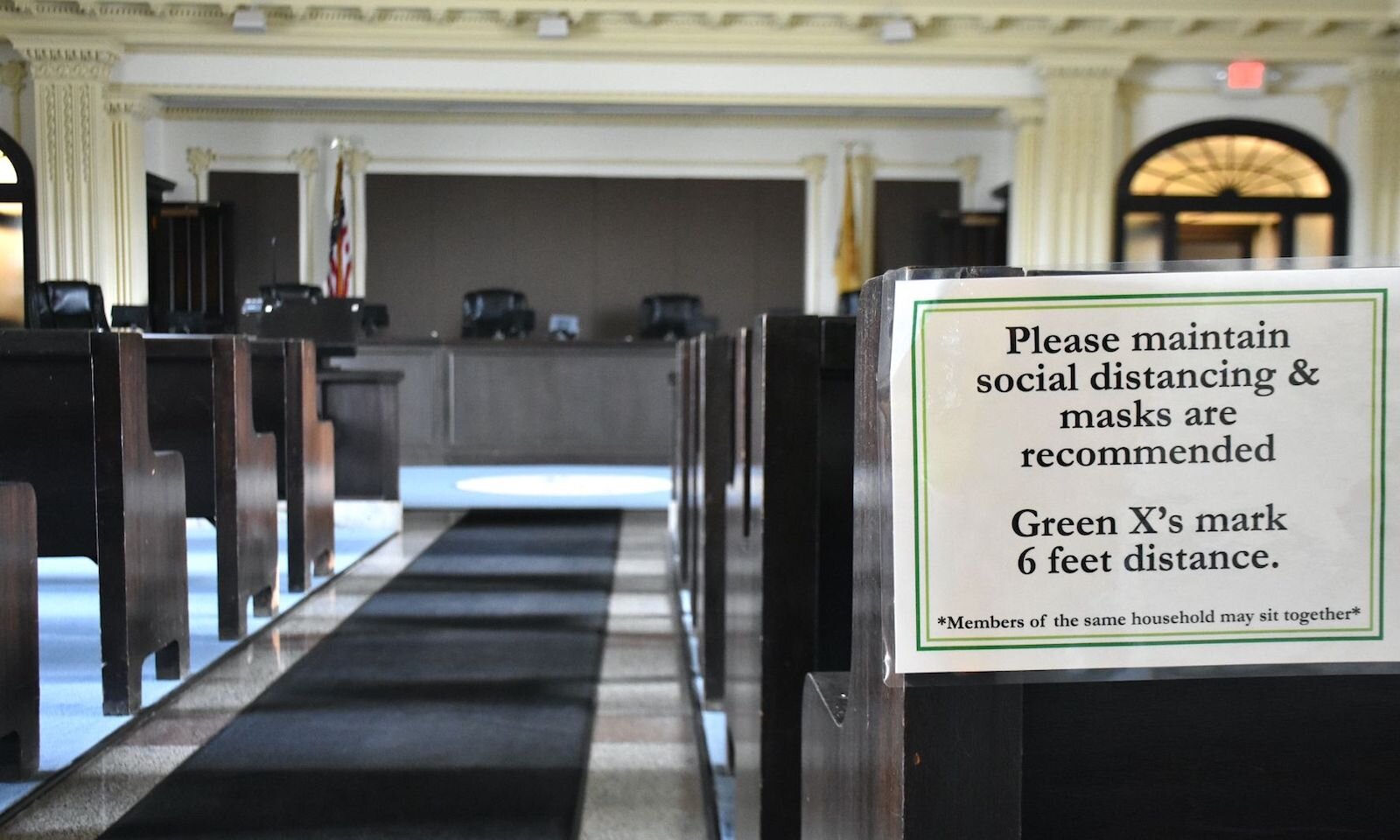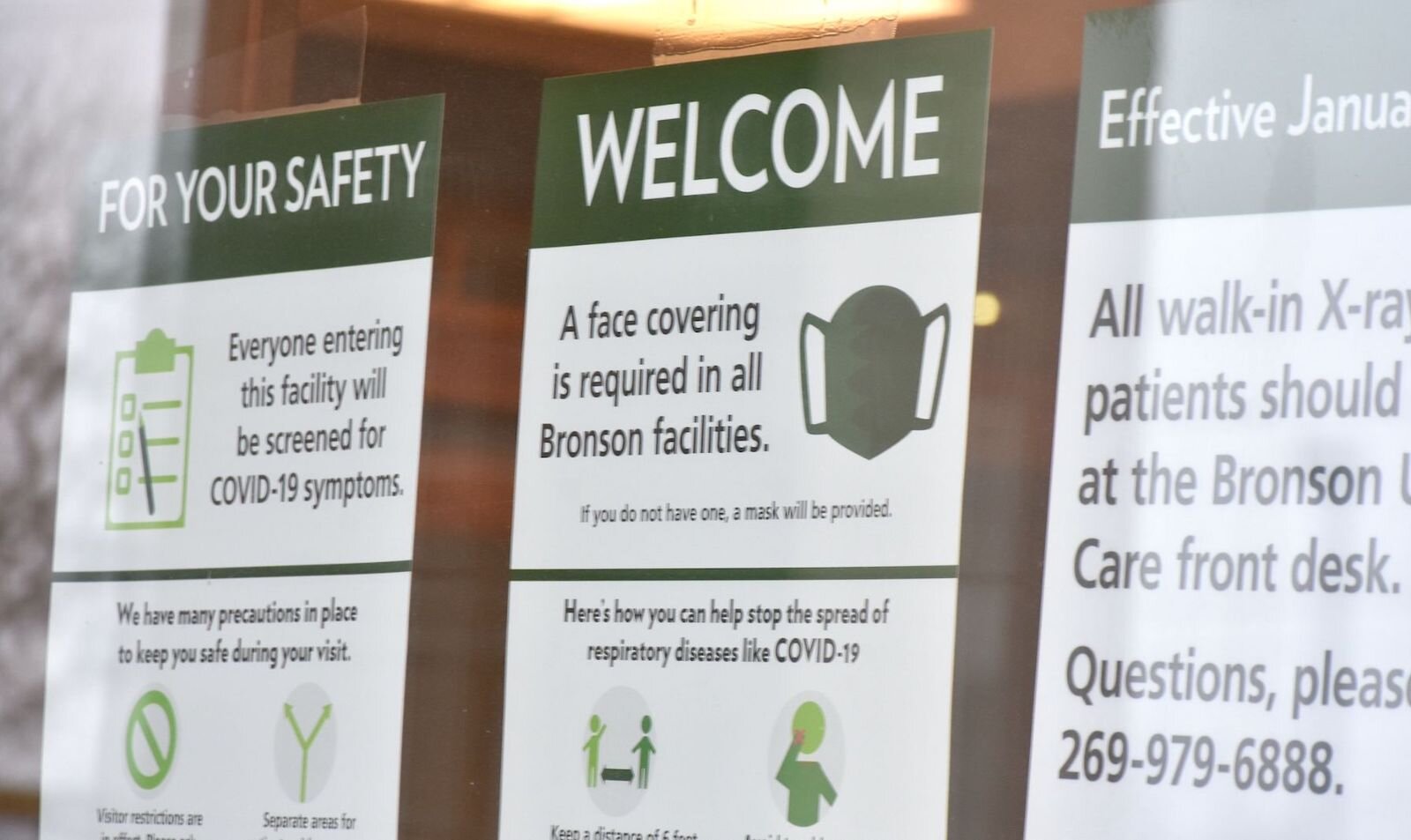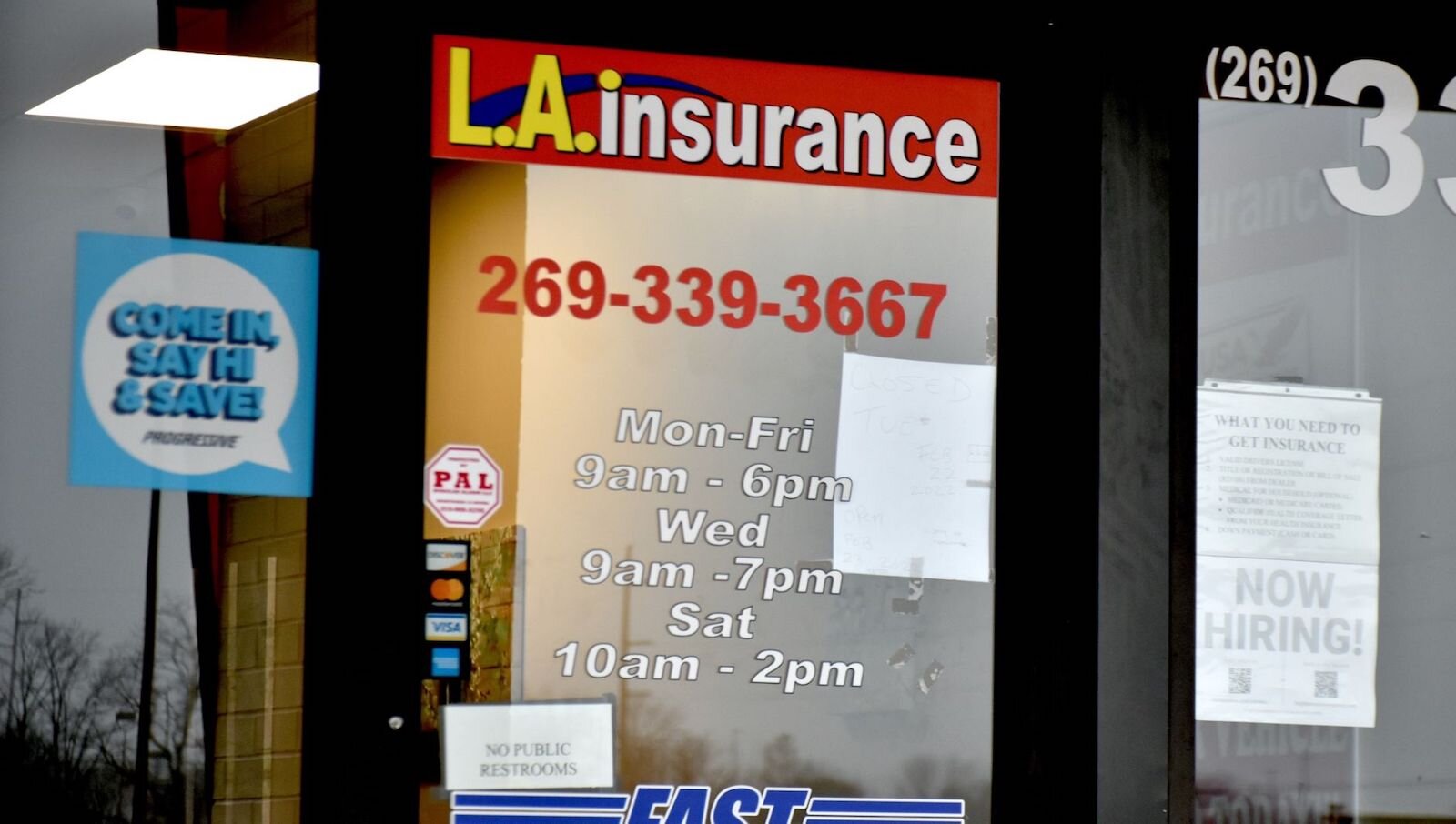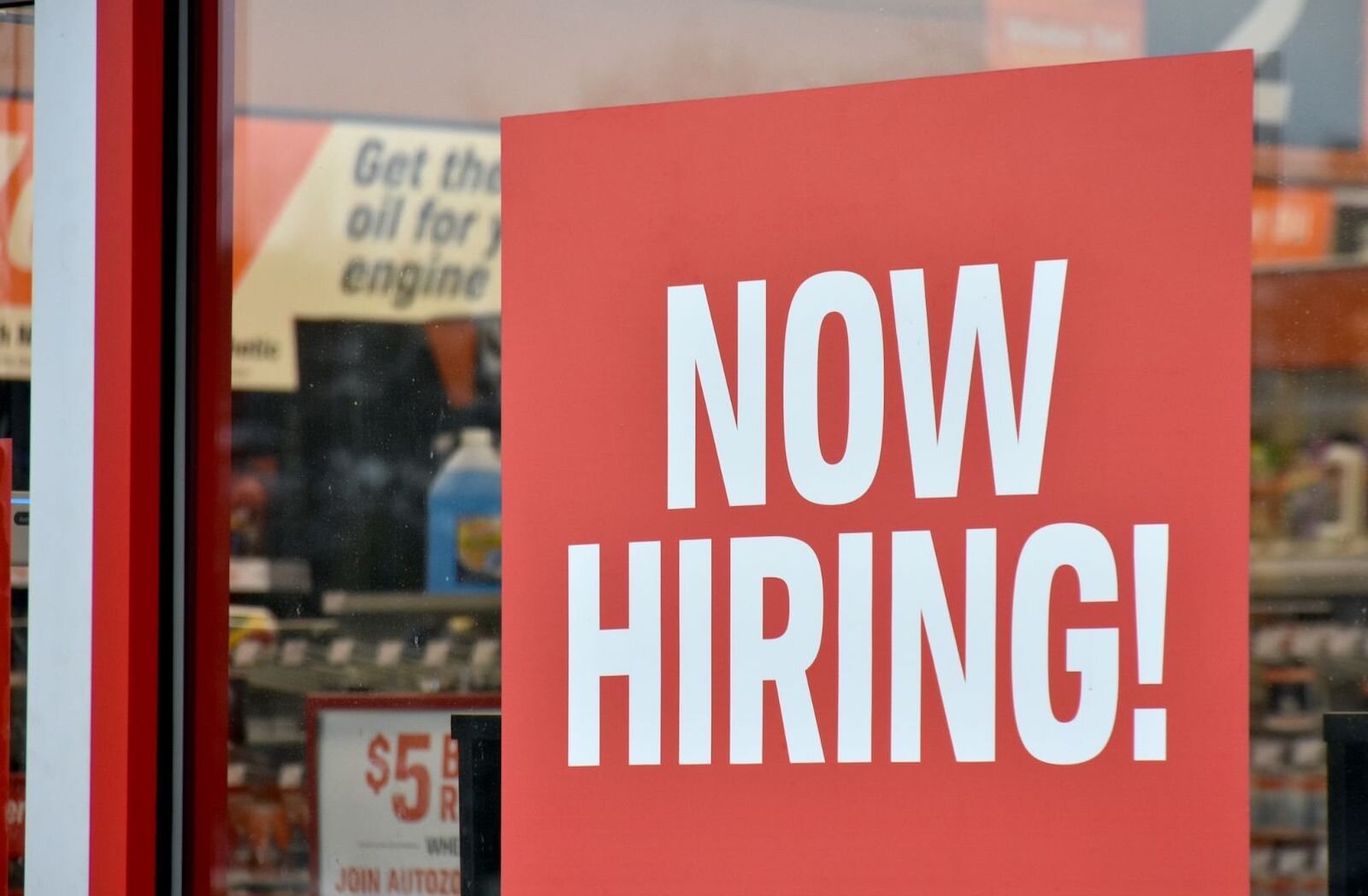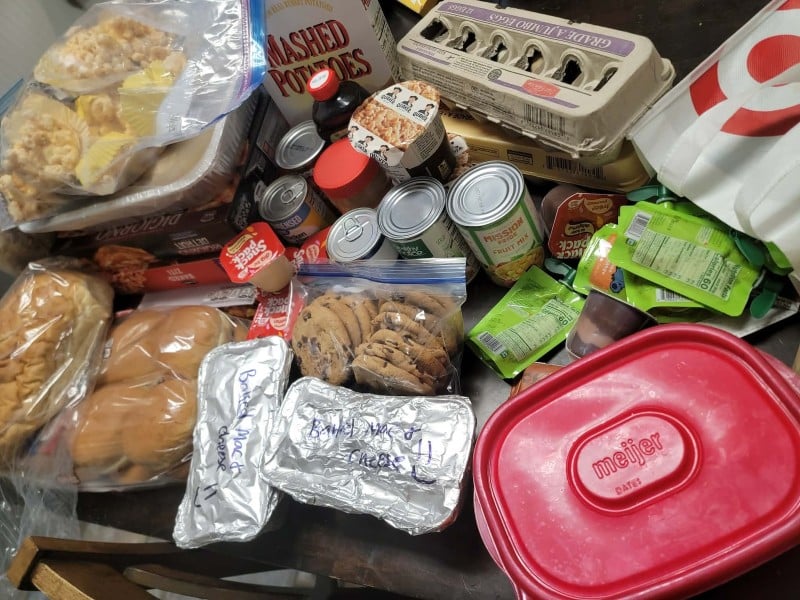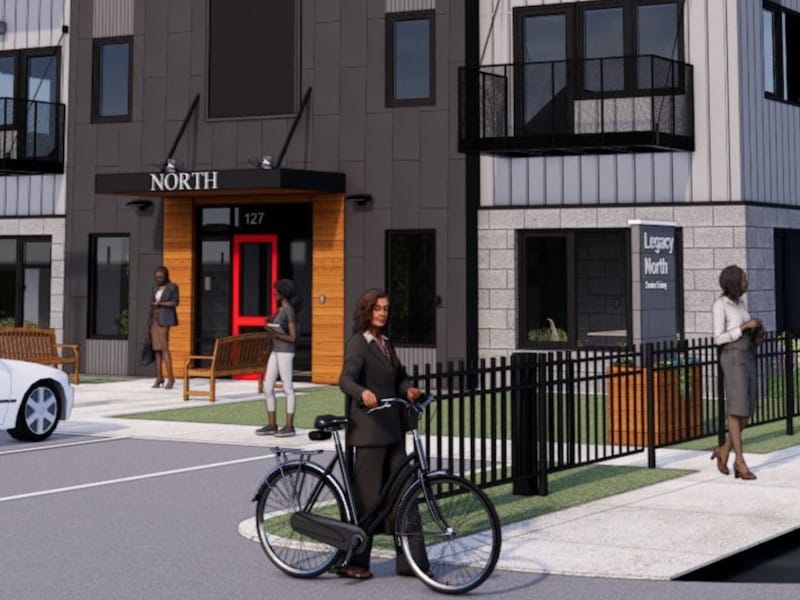“While we’re in a lull or what the state calls the recovery phase of pandemic, it’s important for people to know that the pandemic hasn’t gone away.” — Eric Pessell, Calhoun County Public Health Department
Editor’s note: This story is part of a Southwest Michigan Second Wave series exploring issues surrounding COVID-19 in Calhoun county.
Mask or no mask? Dine-in or take-out? Meet in person or virtually?
These are among the questions that continue to be top of mind for many residents of Calhoun County even as officials with the state of Michigan are saying that we are in a recovery phase of the pandemic.
“While we’re in a lull or what the state calls the recovery phase of pandemic, it’s important for people to know that the pandemic hasn’t gone away,” says Eric Pessell, Health Officer, Calhoun County Public Health Department. “I don’t want people to think that it’s over. It’s just that right now, with all of the tools we have in our toolbox, we can move away from mitigation strategies to personal responsibility and personal choice.”
So, while there will be people who won’t be wearing masks, there will still be those who choose to mask up.
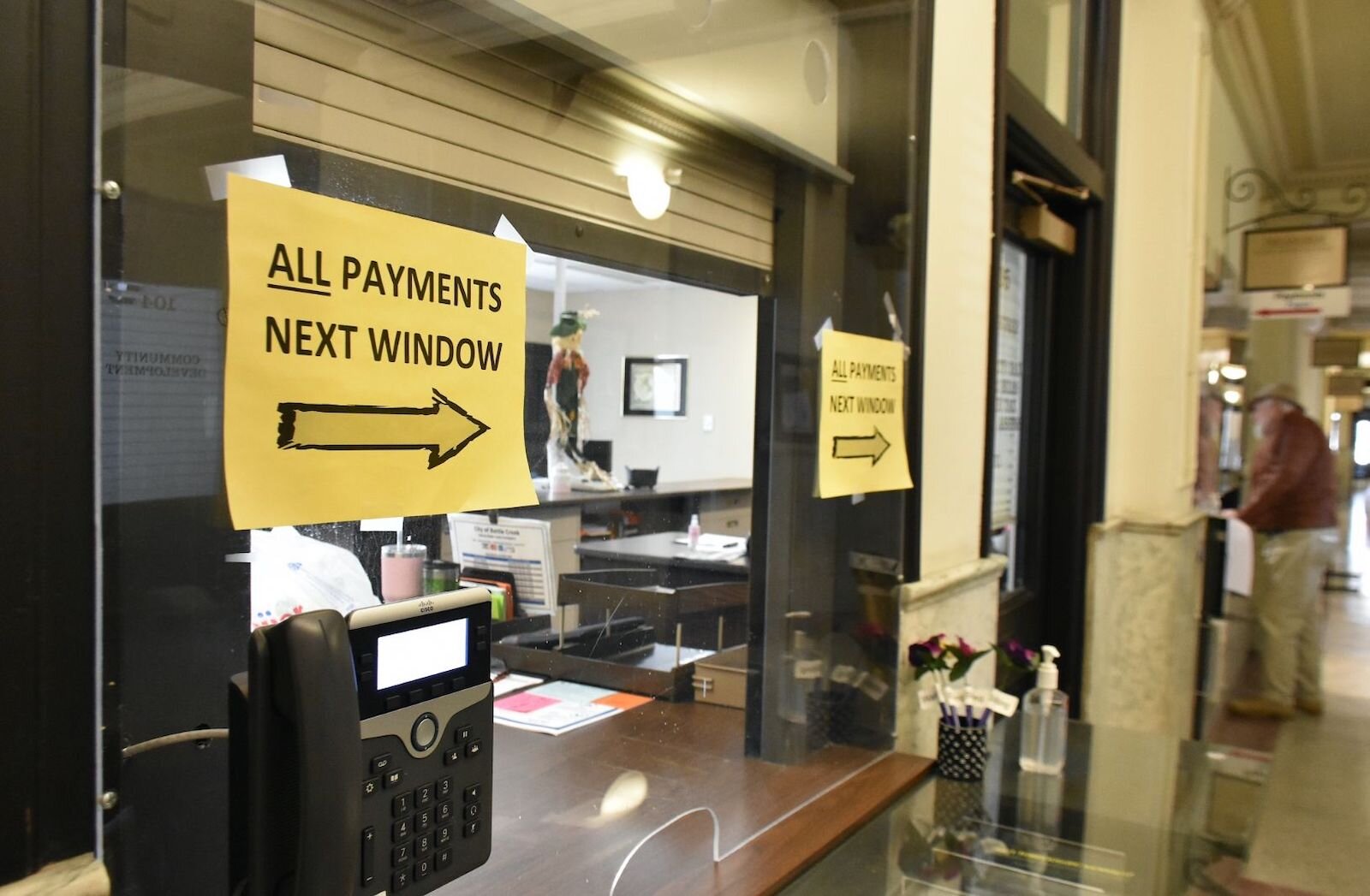
Pessell says he understands the confusion some people have about the shifting mandates, guidelines, and requirements. He likens the virus and its variants to a moving target.
“This is a virus and its job is to change and mutate, therefore we need to be able to change how to respond,” he says. “I understand that it’s pretty frustrating for all of us. The best that I can do and that our leadership can do and control is being transparent and get the word out and educate people.”
If there is another variant of the virus that is surging and making people sick or sicker than Omicron and filling up hospital beds again or a variant that is getting around current vaccines and therapeutics available, Pessell says it’s likely that mitigation would be put back in place for a period of time.
“We’re learning how to live with the virus,” he says. “We’re still in the yo-yo phase of if something bad comes along we’re going to have to yo-yo back up, but people need to feel confident that they’re not going have to wear masks forever. We’re moving towards personal choice right now but if something comes back that’s of real concern, the choice might not be there and we may have to mandate again.”
While the lifting of restrictions is cause for optimism, Pessell is among local leaders who say that the impact of the pandemic on almost every sector will continue to linger and cause disruptions especially in service delivery, say local leaders.

During a regularly scheduled Joint Information Center call on Wednesday (Feb. 16), Pessell said, “Things are looking much better, much improved from the last couple of times that we spoke. Today, we have 17 COVID-positive patients in our two hospitals and had no one in critical care. Things are looking a lot better on the hospital front.”
His optimism is guarded and has not caused him to back away from comments he made during a call in late January when he said that residents could anticipate “disruption as being the norm for at least the next couple of weeks.”
Residents in Calhoun County have most likely noticed this disruption when their favorite restaurant has had to shorten their normal business hours; their ride was delayed on a city transit bus; inspections of new septic tanks and wells that are part of new residential construction were delayed; or their streets weren’t being plowed as quickly as in prior years.
“COVID-19 has affected most societal systems and caused disruptions in various vital sectors, particularly health, educational, labor, and sustainable development sectors,” says an article on the H-Net website. “At the same time, the effects of the pandemic are quite evident in the life experiences of families, which represent a basic pillar of the social fabric and focus of the social nexus.”
In late January, the city of Battle Creek went back to an almost totally virtual work environment after 56 of its 545 employees were out with COVID and countywide COVID cases and hospitalizations escalated. City Manager Rebecca Fleury says the majority of the employees who had COVID were unvaccinated. Of the total number of employees, about 60 percent are vaccinated. “We’re continuing to urge our employees to be vaccinated,” she says.

The lack of staff due to COVID has been a “huge disruption” to service. It even impacted the city’s ability to manage and required snow emergency days to be declared by the city, Fleury says. With some city snowplow drivers out with COVID, there has been a reduced number available to keep the roads clear. Those drivers who are available are working longer hours and must focus first on main roads than side streets and neighborhoods.
This is the same type of pinch being felt in other city departments, including Transit, and Customer Service in Community Services Development.
A combination of a lack of bus drivers and COVID led to a reduction in city bus routes a few weeks ago. A similar scenario played out with customer service employees in community services where a multitude of employees were covering for each other. Even though they were doing business virtually, Fleury says if people are out sick with COVID they can’t work so it falls to their co-workers to step in to make sure needs are being addressed.
“It’s taking us longer to return calls, answer the phones, and make appointments. It’s a delayed response for a lot of things that we’re normally much quicker at,” Fleury says. “We’re only allowing our employees to go into homes for inspections on an emergency basis and we’re encouraging residents not to come to our facilities but to do business with us on the phone or a computer.”
Complicating the city government’s ability to socially distance and keep employees and visitors safe is the age of their buildings, Fleury says.
“We’ve got a really old building and it’s hard to keep people six feet apart because of the way it’s configured,” she says. “We’re doing as much as we can do to keep everyone safe. We have strict mask requirements at the city.”
Fleury says despite the ongoing challenges presented by COVID, she wants to make sure residents know that the city remains open for business and employees are being very diligent and intentional about meeting customers’ needs.
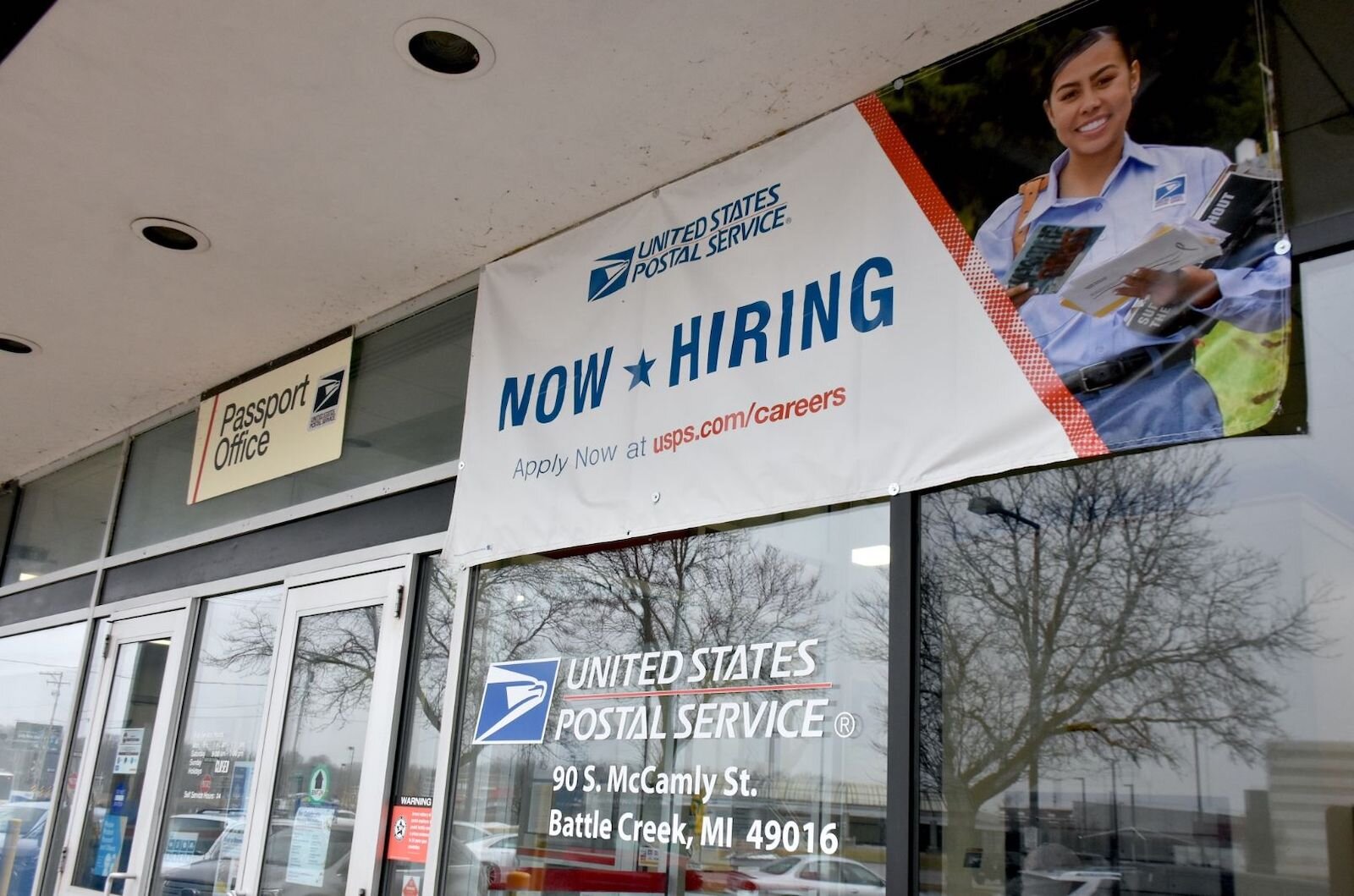
Although employees were previously required to wear masks, this week the city has eased masking requirements as COVID cases within the city and throughout the county are declining. However, Fleury says they will continue to monitor this and make any changes needed going forward.
Grace and patience
Public education is a central piece of the fabric that connects the community and COVID’s seemingly relentless forward trajectory continues to impact students, parents, teachers, and anyone else involved in the business of educating and empowering youth, says Jerry Johnson, Assistant Superintendent — Legislation and Education Policy, Calhoun Intermediate School District.
“We are all still feeling frustration, anger, and fear,” Johnson says. “We all have coped or are continuing to cope in very different ways. What we have tried to do is recognize all of the interconnections we have with the community, whether it be interaction with a student, parent, or colleague, and that whatever that may be we are extending grace and patience. We are all doing the best we can with what we’re being told at the time within the confines set for us.”
Since March 2020, when the pandemic shut down in-person learning, schools have been going back and forth between in-person and virtual learning based on guidance received from health officials at the national, state, and local levels. While this constant pivot in instruction and learning has become the norm, Johnson says there is always the question of “how we can follow the expectations of other authorities and still do what we need to do for our students?”
Guidance on mask requirements for students continues to be a contentious issue leaving schools in a no-win position, Johnson says.
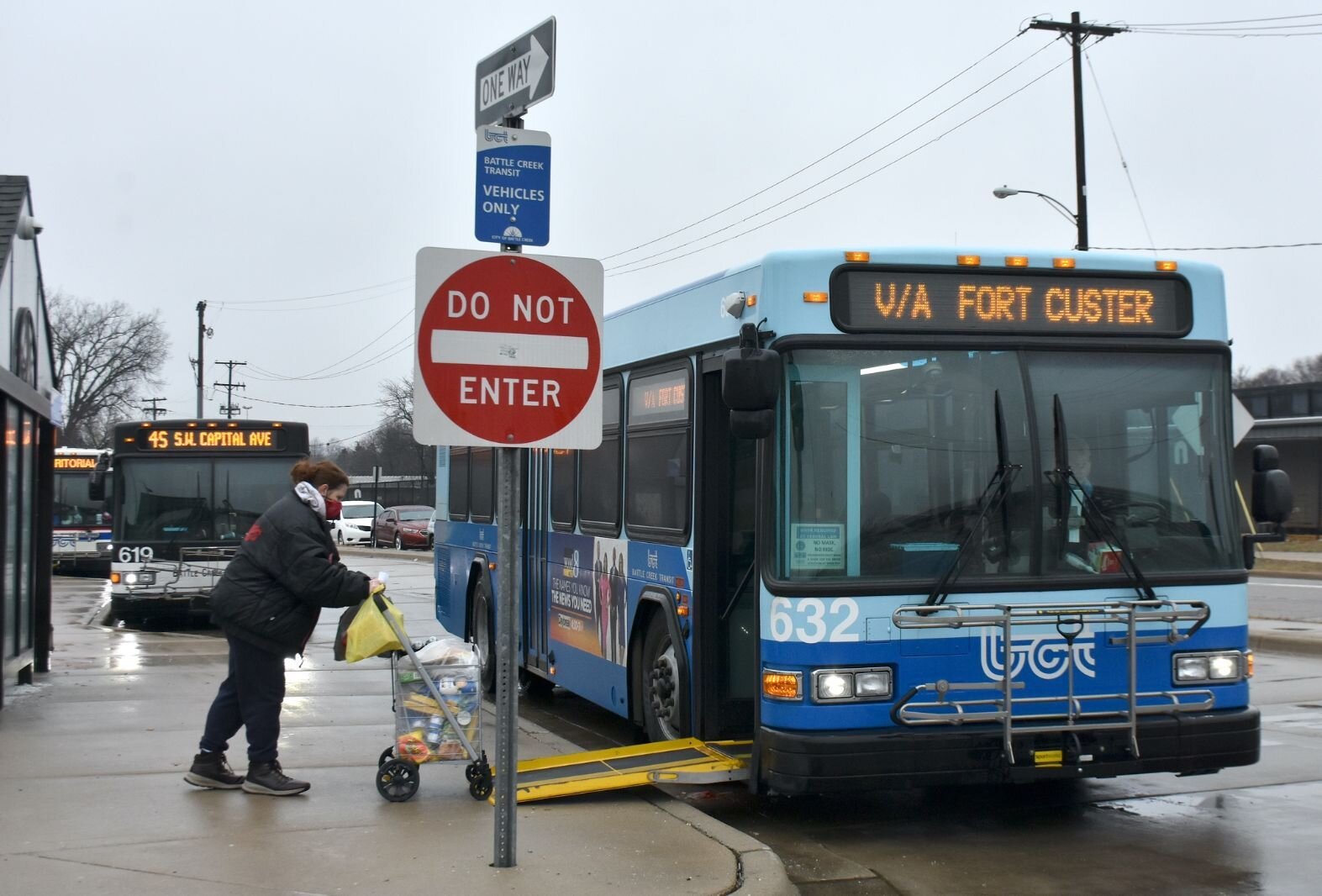
“There is an expectation that we, as a significant part of the community, are responsive and agile so we can meet everybody’s expectations,” he says. “One of the dynamics in particular that emerged this school year is the fatigue and exhaustion because of the changing goalposts. We’re trying to adapt and work through that coupled with the whole politicization of masks and the vaccine. Everybody has a sense of what should or shouldn’t happen and everybody has a perspective. When you’re trying to meet external expectations there may be requirements on a universal basis that are clearly going to create conflict with a portion of the population who may not agree with it.”
The ongoing debates about wearing a mask and getting the vaccine are ongoing conversations within schools and surges in the number of cases of COVID within the county seen earlier this year have been followed by decisions to shift students from in-person to virtual learning.
While remaining hopeful that the changes in guidelines would be minimized or lessened, Johnson says one of the challenges for students, teachers, and administrators is the frequency at which they were asked to pivot to meet these changes. He says new information from the CDC (Centers for Disease Control), a new Executive Order, or Public Health order has kept them pivoting at times.
The residual impacts of these disruptions, especially on students who may not have had strong support systems before the pandemic, is not yet known and Johnson says a focus on mental health and an increase in those services is what he is giving a lot of thought to.
“All of this to me points toward the funnel of mental health,” he says. “We need more direct intervention and crisis response. We in the education sector have got a lot of work we need to do to support students where they are and keep them moving forward with their learning.”
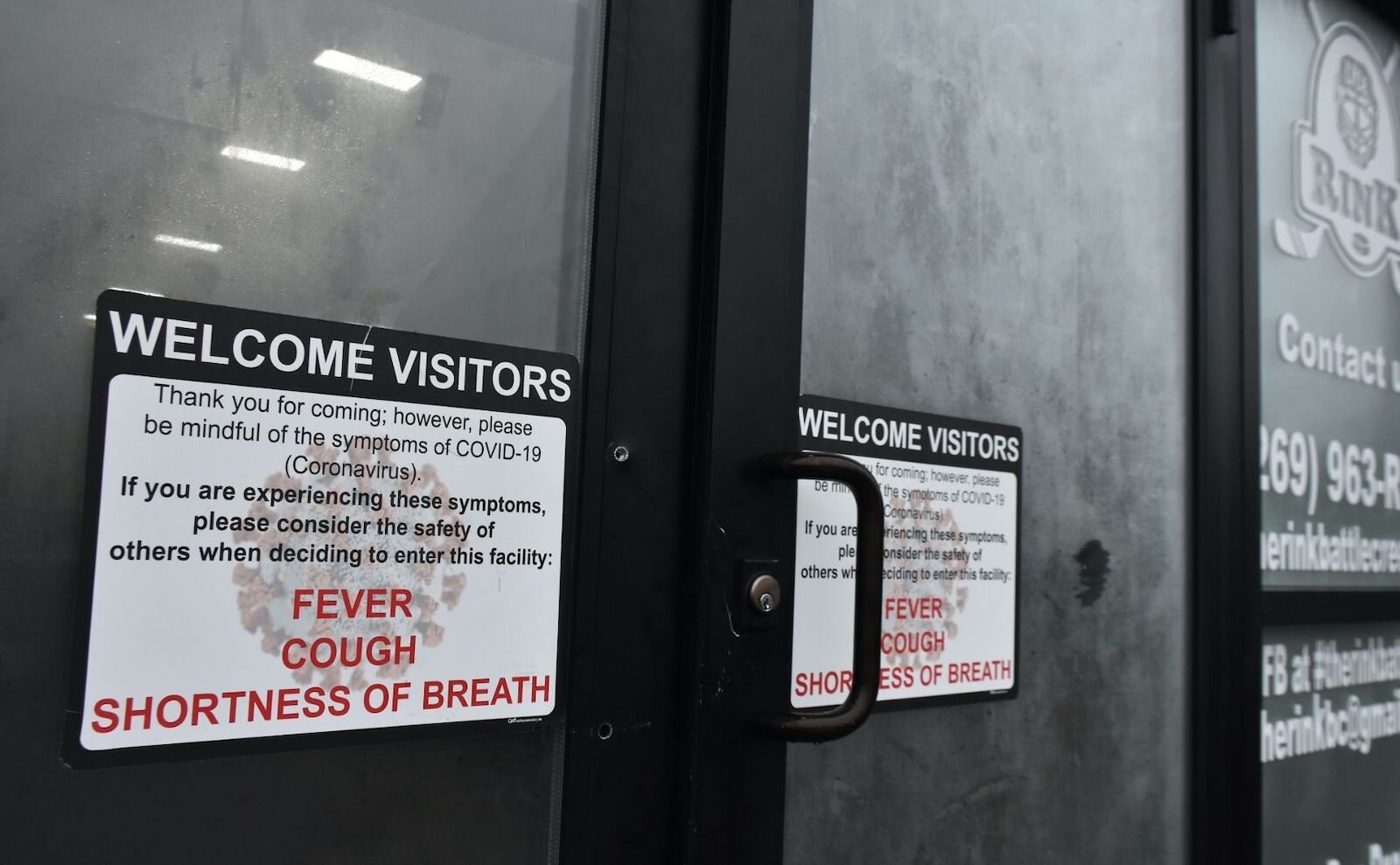
Although his professional focus is on education, his personal focus is on encouraging people to work together regardless of their stance on mask-wearing and getting vaccinated.
“Regardless of where you are and how you feel things have gone and how well or poorly you’ve experienced life you are not alone,” Johnson says. “Let’s all give each other a break and some space. We’ve all just tried to muddle through. This doesn’t mean we don’t understand what we’ve been muddling through.”
Order up, but not as fast
In casual conversations, local restaurant owners have been discussing their struggles with staffing shortages due to illness including COVID-19 or its variants, and the competitive job market, says John Hart, Small Business Development Director for the city of Battle Creek.
“They also are dealing with higher operational costs and supply chain issues,” he says. “These are the ripple effects of COVID-19 which is really disruptive, unpredictable, and will ultimately change how these businesses run in the future.”
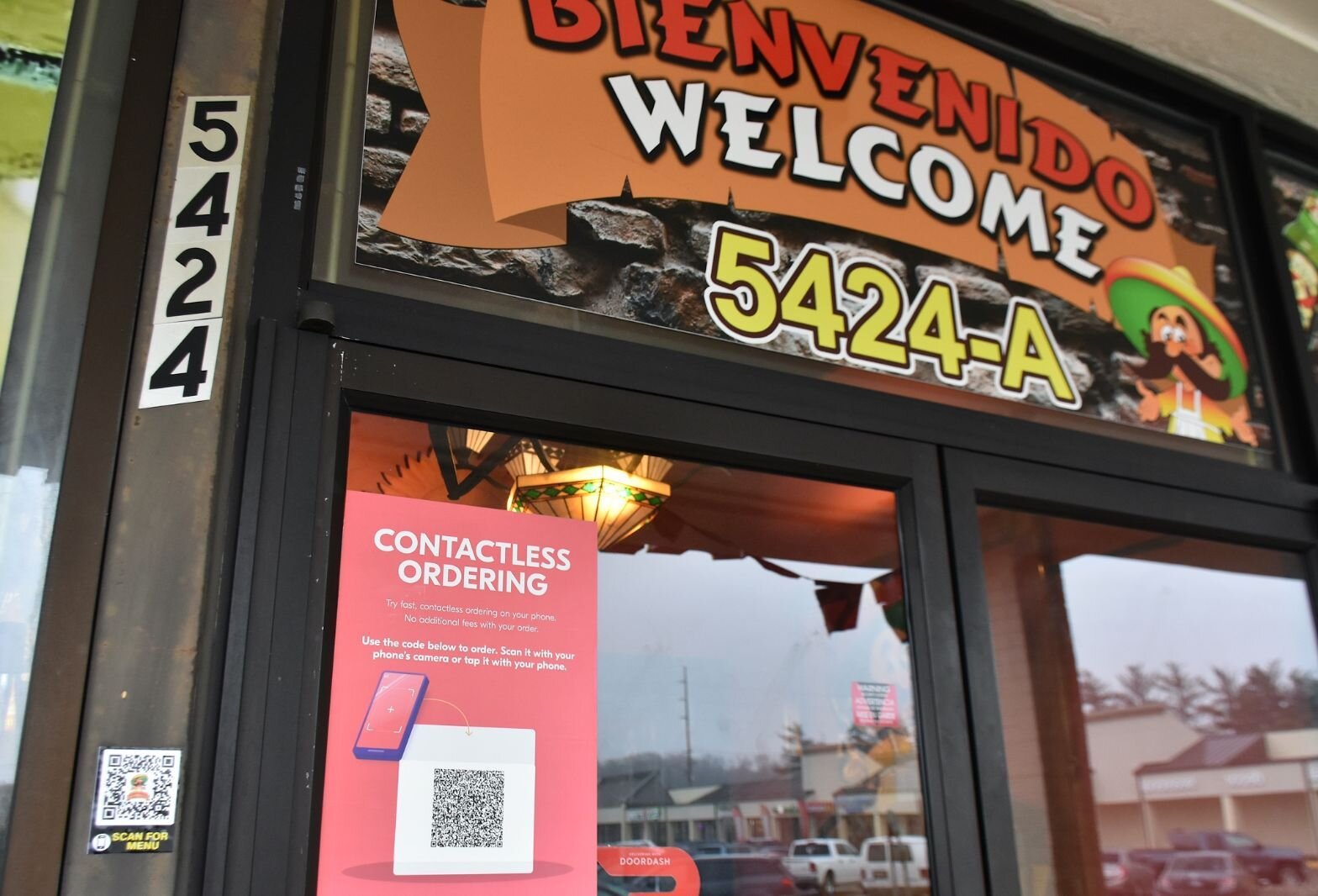
The unpredictability surfaced in late 2021 with the emergence of the Omicron variant which led to “a rapid deterioration in business conditions for restaurants in Michigan; 86% of restaurants experienced a decline in customer demand for indoor on-premises dining in recent weeks, as a result of the increase in coronavirus cases due to the Omicron variant,” says a January 2022 survey conducted by the Michigan Restaurant Association to gauge the impact of COVID-19 and the Omicron variant. “As a result, 76% of operators say business conditions for their restaurant are worse now than they were 3 months ago. Only 4% say business conditions improved during the last 3 months.”
While the restaurant and foodservice industry added back 1.7 million jobs nationally during 2021 for an end-of-year total of 14.5 million employees, many restaurants remain severely understaffed, and this will continue to constrain industry growth in 2022, says a press release about the National Restaurant Association’s 2022 State of the Restaurant Industry Report.
Hart says it has become the norm for restaurants to shut down or institute reduced hours of operation when there has been a COVID outbreak among their employees.
“Having a few people out sick without backup replacements can cripple them and force them to reduce output and limit hours of operation,” Hart says. “But the expenses don’t decrease, overhead still exists and food costs are rising. Now add a wage and benefit increase on an already struggling business sector.”
More than half of restaurant operators said it would be a year or more before business conditions return to normal, says the State of the Restaurant Industry Report.
“Ninety-six percent of operators experienced supply delays or shortages of key food or beverage items in 2021 -– and these challenges will likely continue in 2022,” the report says. “Food, labor, and occupancy costs are expected to remain elevated, and continue to impact restaurant profit margins in 2022 and seventy-five percent of operators said they plan to devote more resources to recruiting and retaining employees.”
Hart says anecdotally he knows that that restaurant workers are leaving the sector for higher-paying jobs and benefits based on what he’s hearing from restaurant owners. He says there will need to be plenty of collaboration within the community to come up with solutions based on workforce development and wages.
“We all have to work together to find some local solutions. The owners are now forced to meet wages and sometimes even that’s not enough. Workers desire additional benefits. The owners would love to be able to offer those additional benefits, but margins are thin and there’s not much left to give,” he says. “With food costs up, some product not available, wages up and a time of sickness, they are all going to have to adapt to survive.”
Among the efforts to adapt: advancing technology and making changes to service models, menus, and portion sizes. These changes will likely become a permanent part of the restaurant landscape in Michigan, Hart says.
Unlike restaurants in New York or Chicago that required customers to wear masks and show proof of vaccination, restaurants locally never did that. With mask mandates being lifted and quarantine guidelines being relaxed, Fleury says she is still encouraging the public to get vaccinated because “it’s the best defense against COVID and the quickest way to get back to normal in your personal and business life.”
The lifting and relaxing of these requirements and guidelines will likely change with the emergence of new variants of the virus and an anticipated surge in COVID cases. Pessell says this is why the vaccine remains the number one tool in a toolbox designed to decrease the spread of COVID and its variants.
“Our focus in the next couple of months,” he says, “will be to figure out a way to get those who have chosen not to get vaccinated, to get vaccinated so they don’t become a statistic and we can all get back to a new sense of normal.”


